Fences marked with Police signs Closed area, all traffic prohibited, Grindavik, July 2025
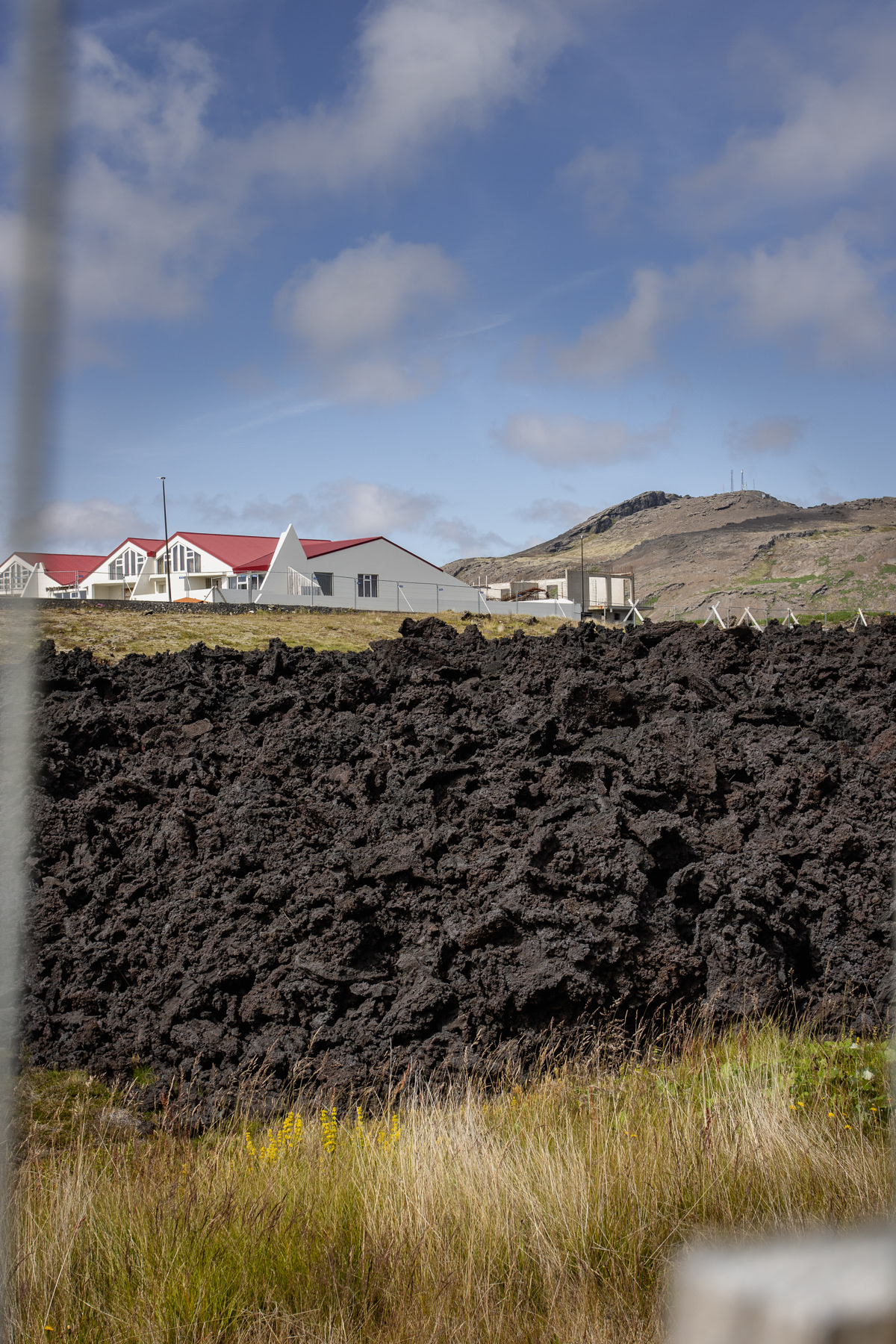
The lava stream of 2023 and 2024 stopped right in a new-build residential area.

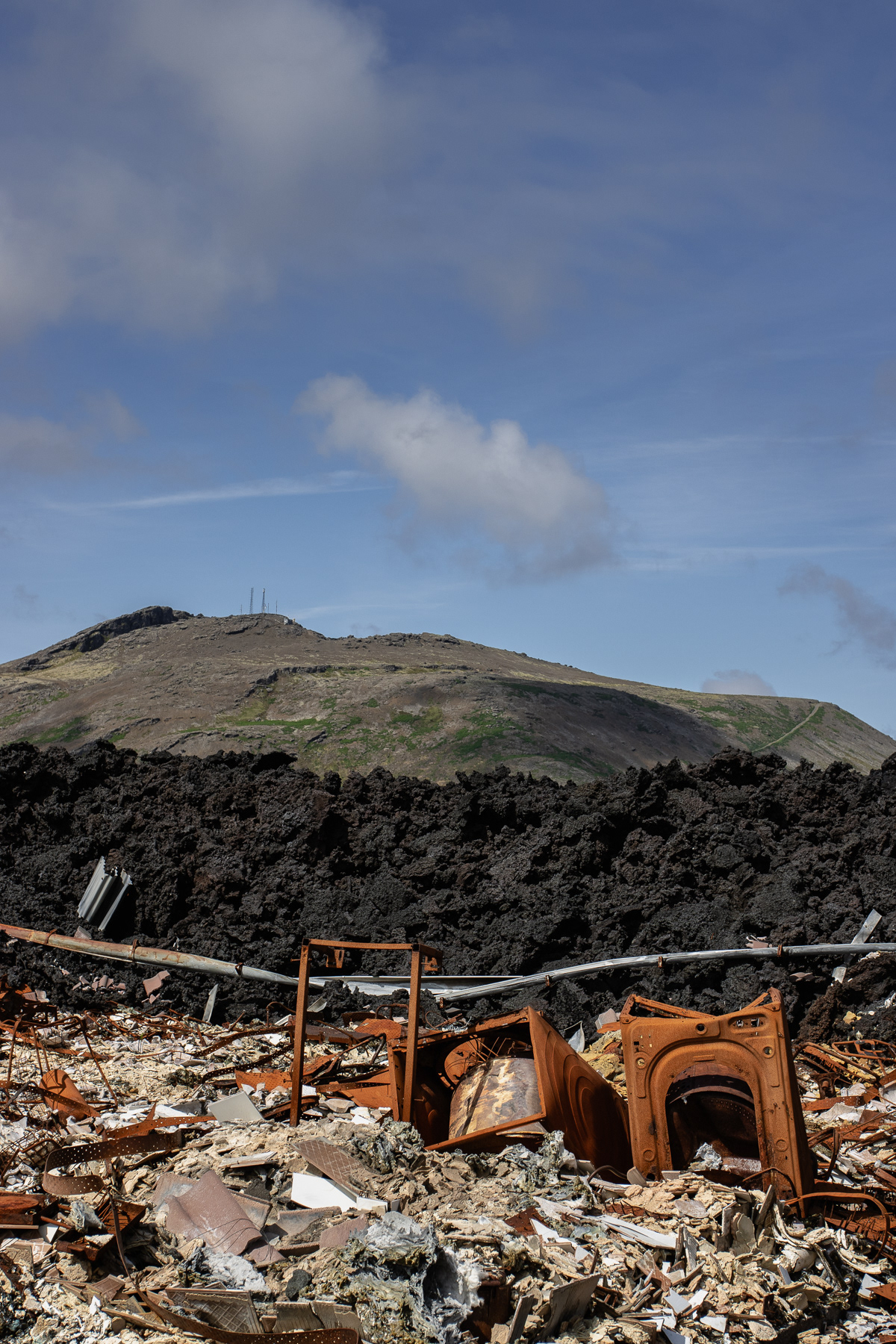
Remains of a villa burned down when it was touched by lava.
A brand-new villa survived the lava stream barely, yet is left dormant like so many of the new homes in this residential area of Grindavik.
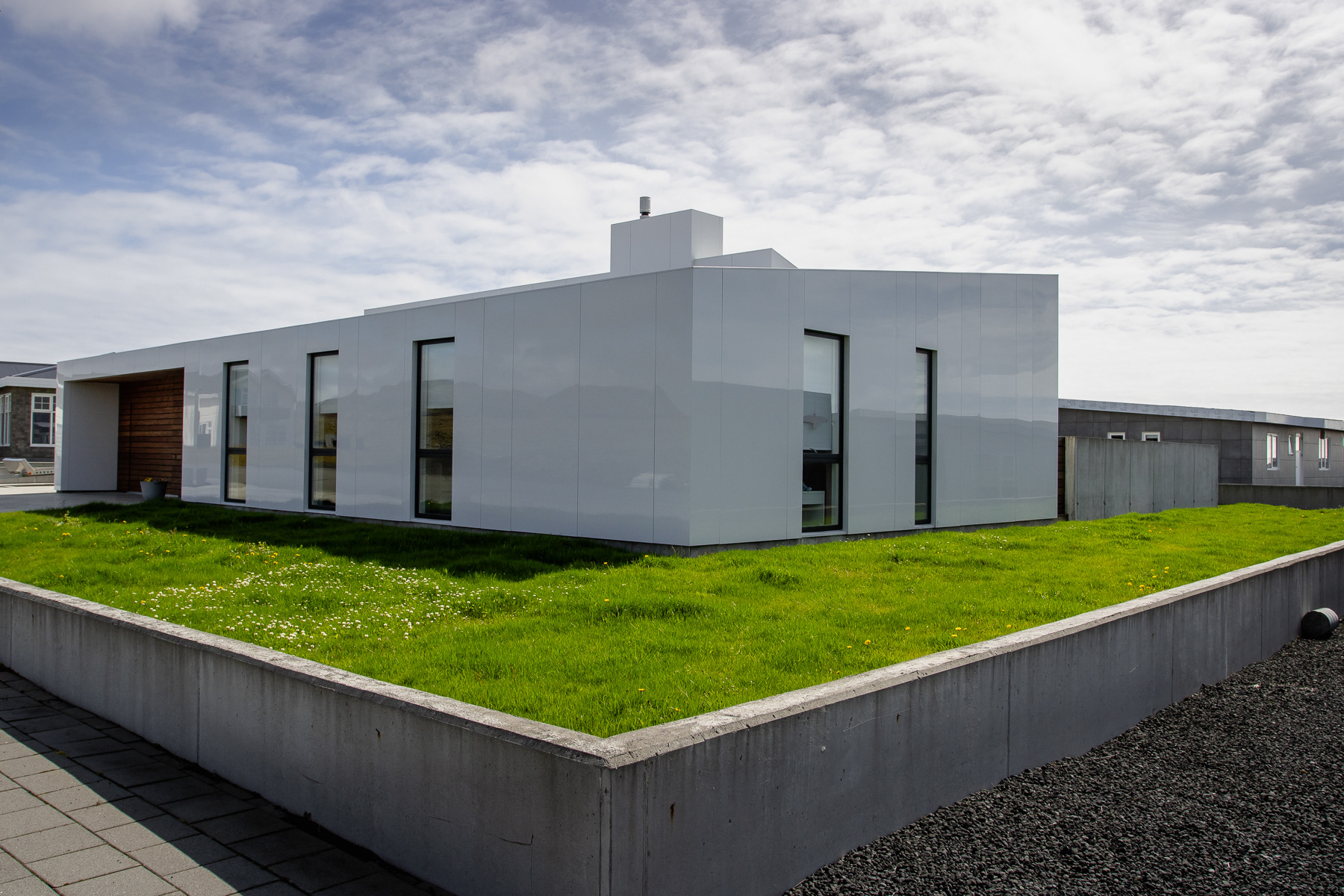
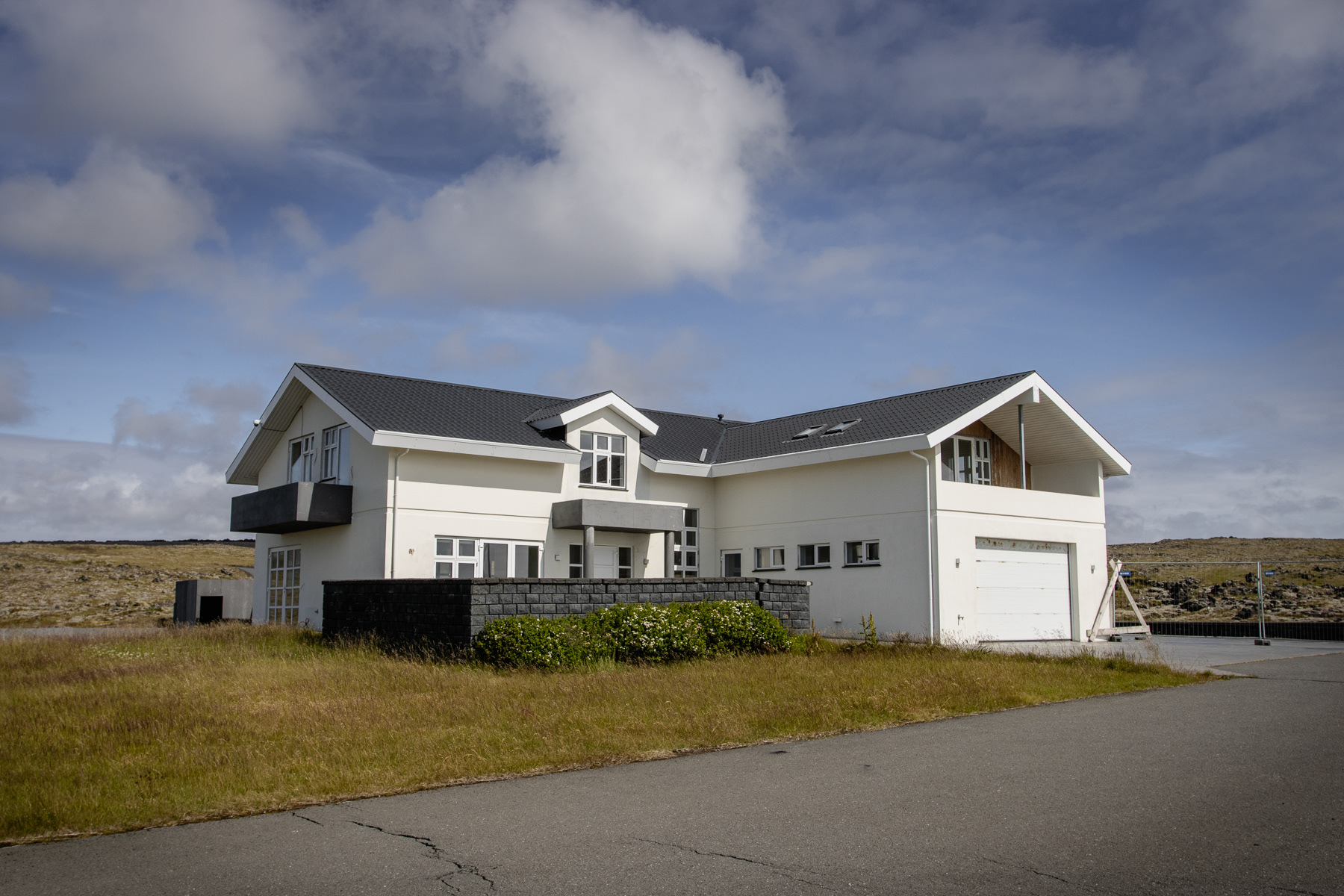
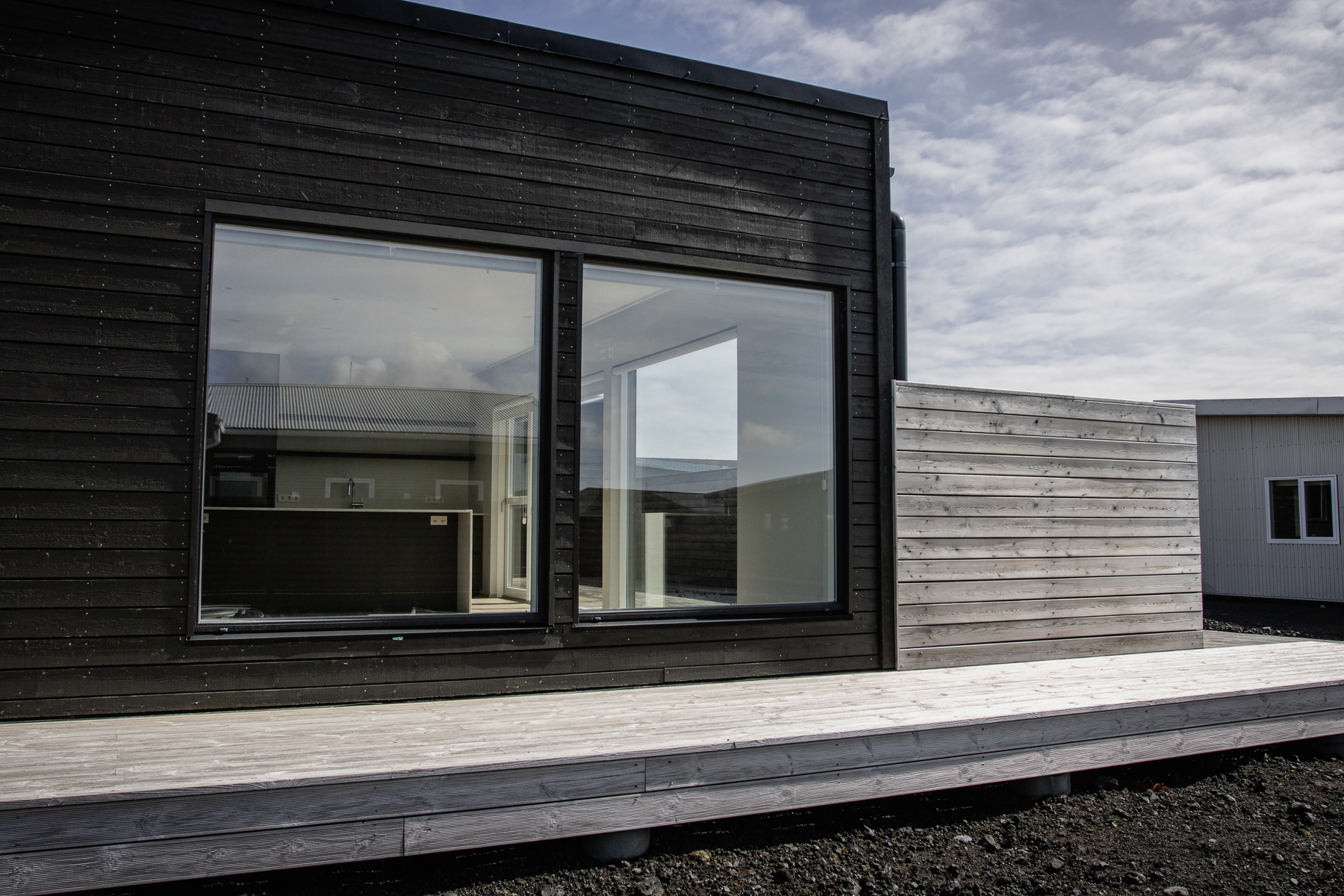
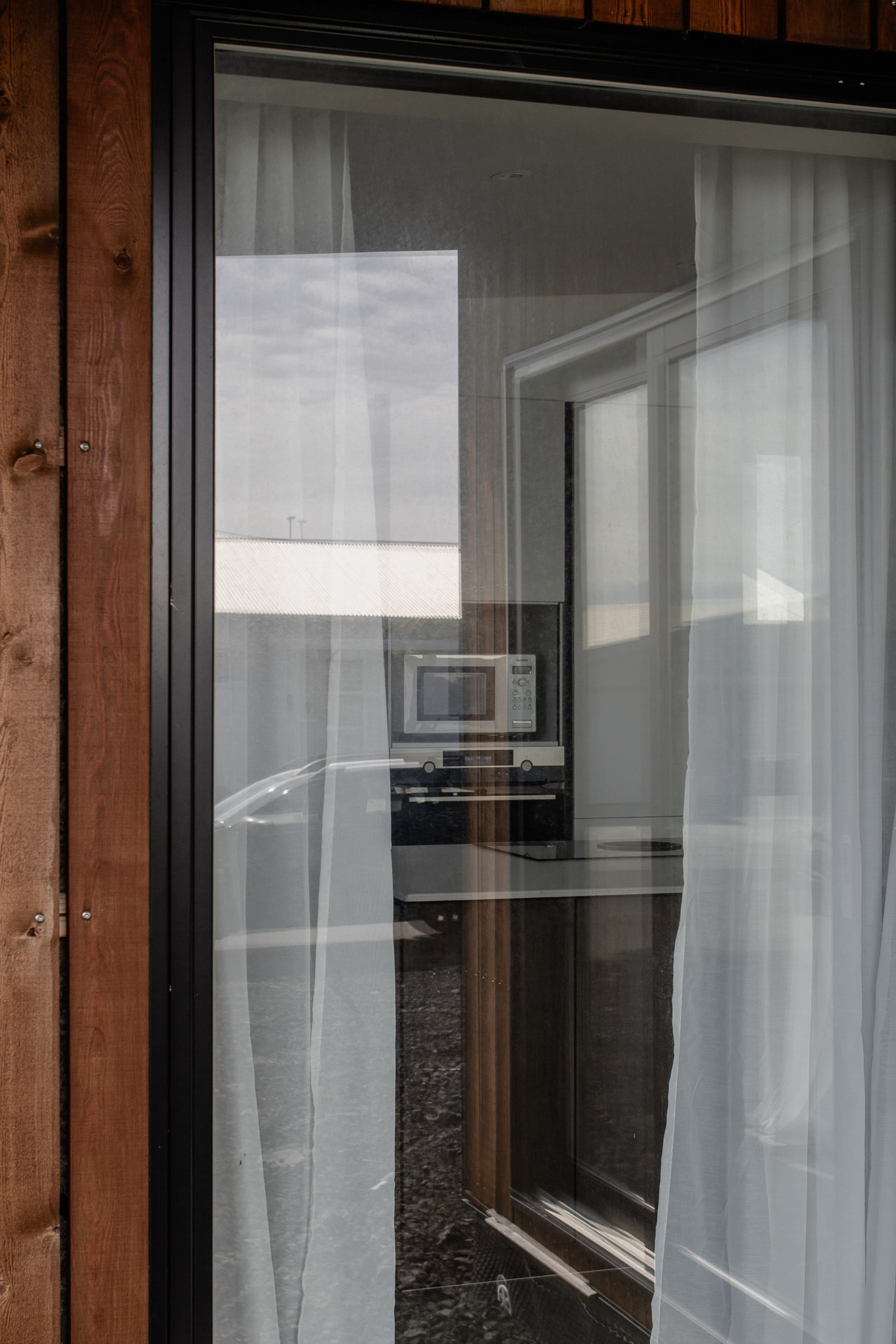
The cooled down lava stream hit this residential area of Grindavik in the 2023-2024 volcanic eruptions.
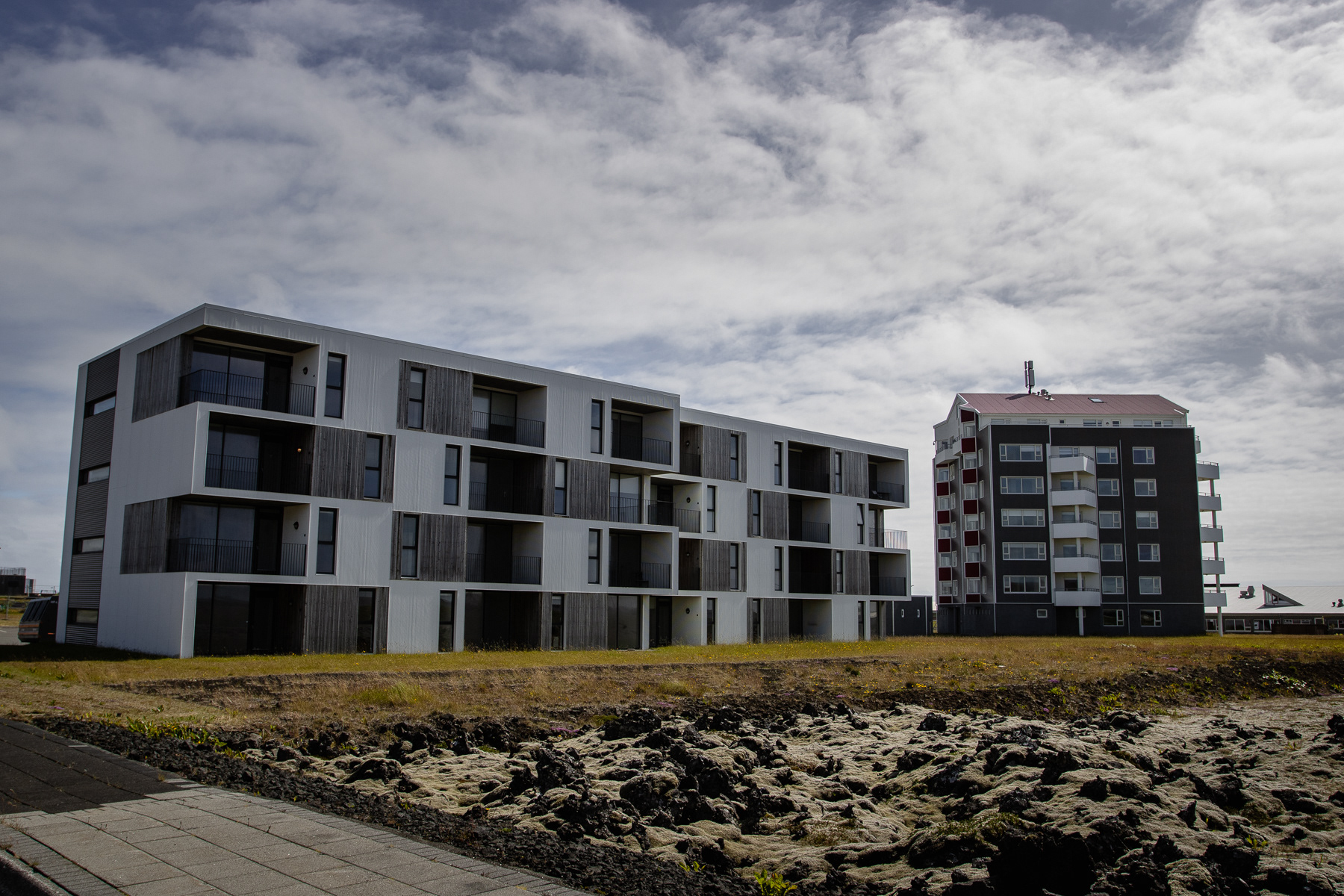
Completely empty apartment buildings.
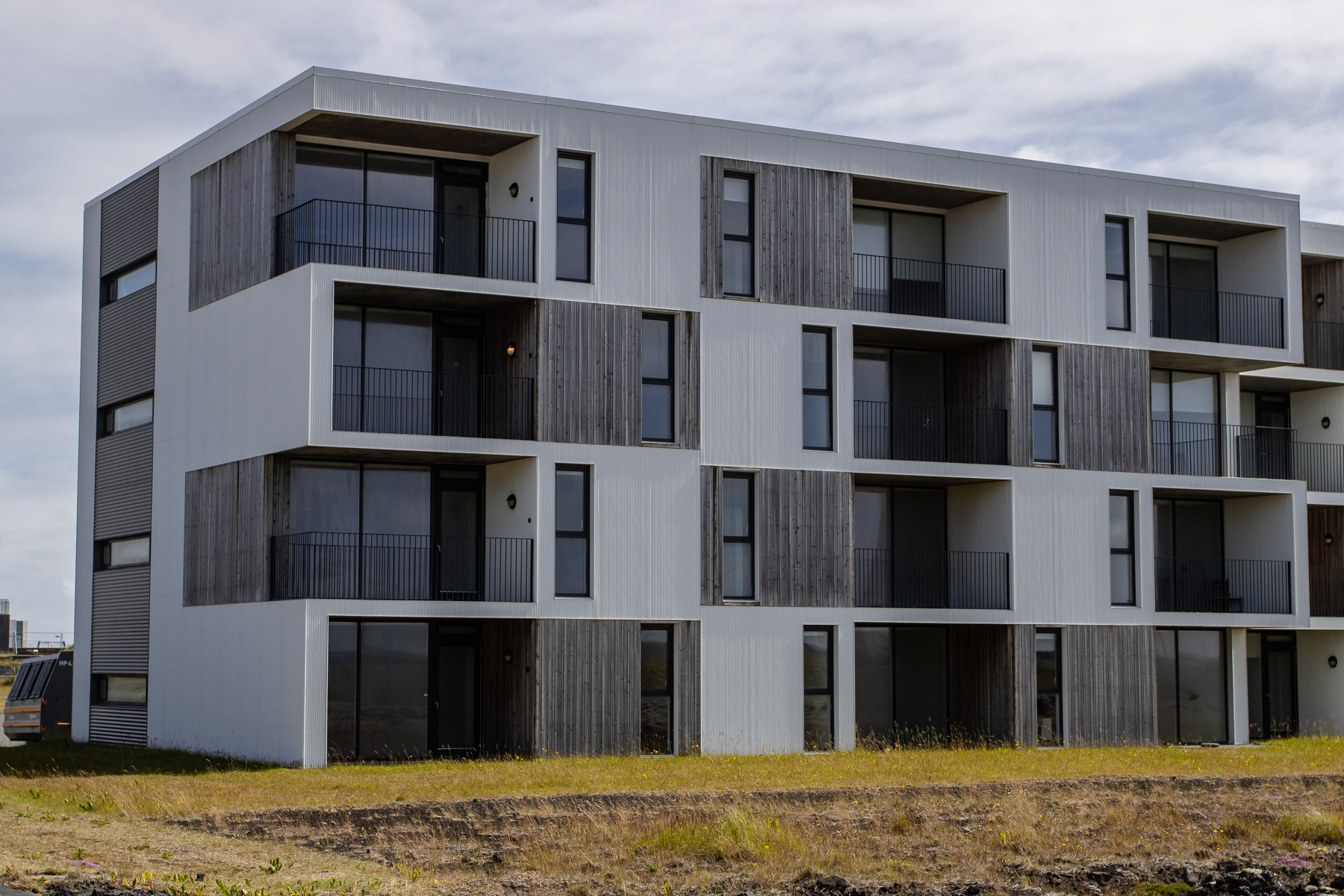
One evacuated household left their balcony light on.
A regional road just outside Grindavik has been blocked since the 2023-2024 eruptions by cooled down lava.
Empty homes higher up in an older part of Grindavik.
Empty local church of Grindavik.
Big and clear emergency exit signs so with the next eruption those still remaining find the way quickly.
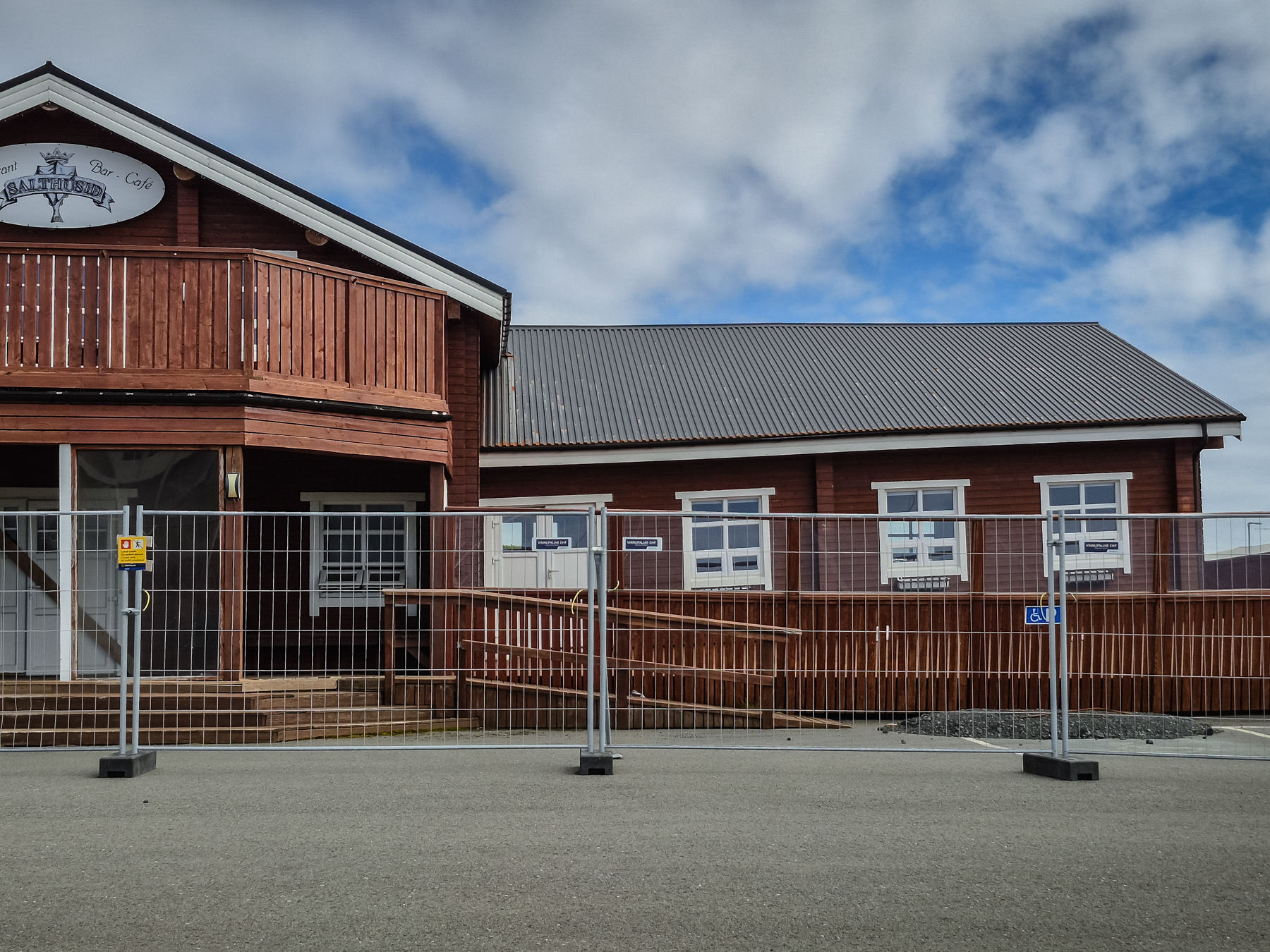
The south wing of this restaurant has been lifted by an earthquakie.
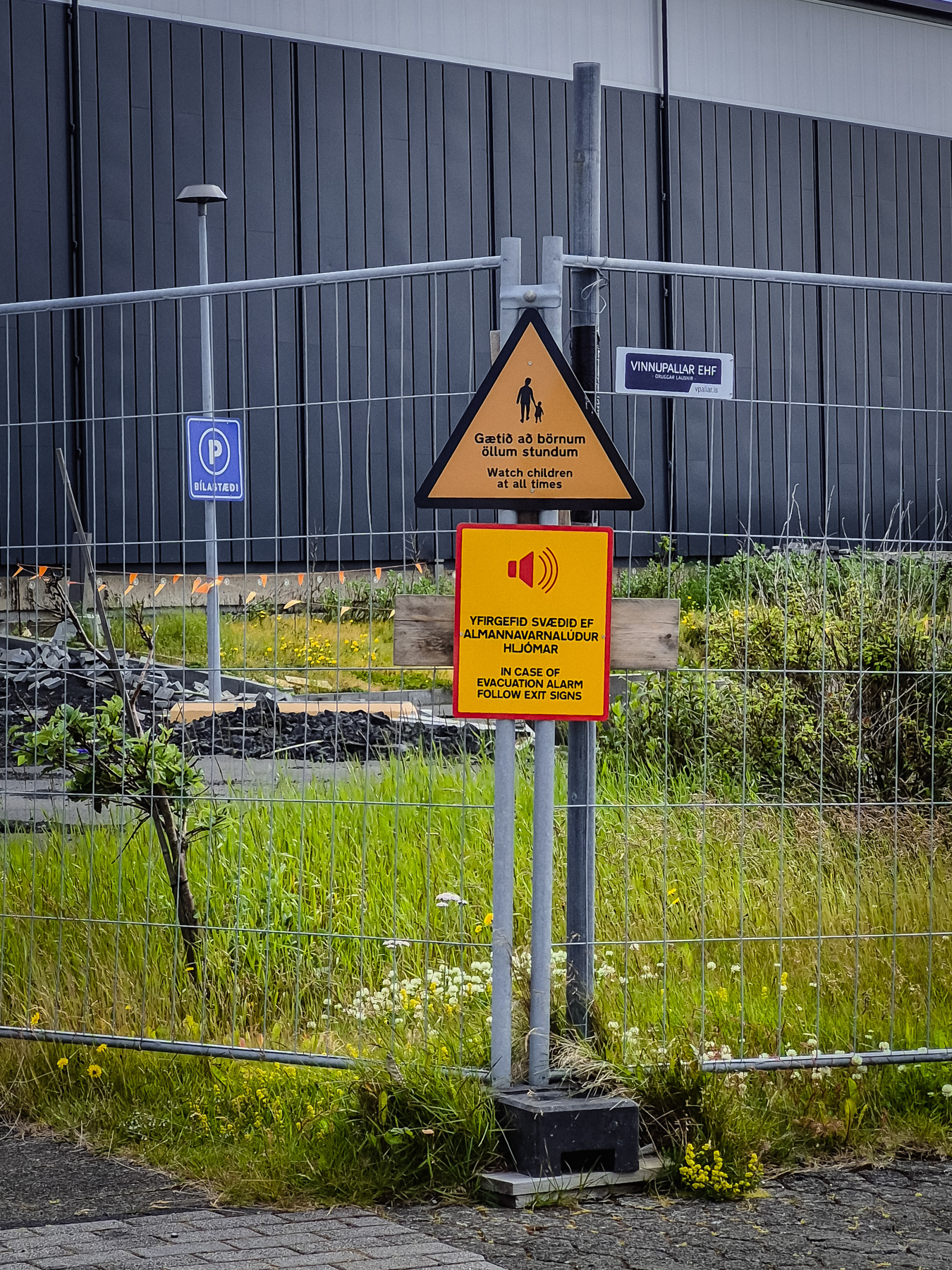
"Watch children at all times" and "In case of evacuation alarm follow exit signs."
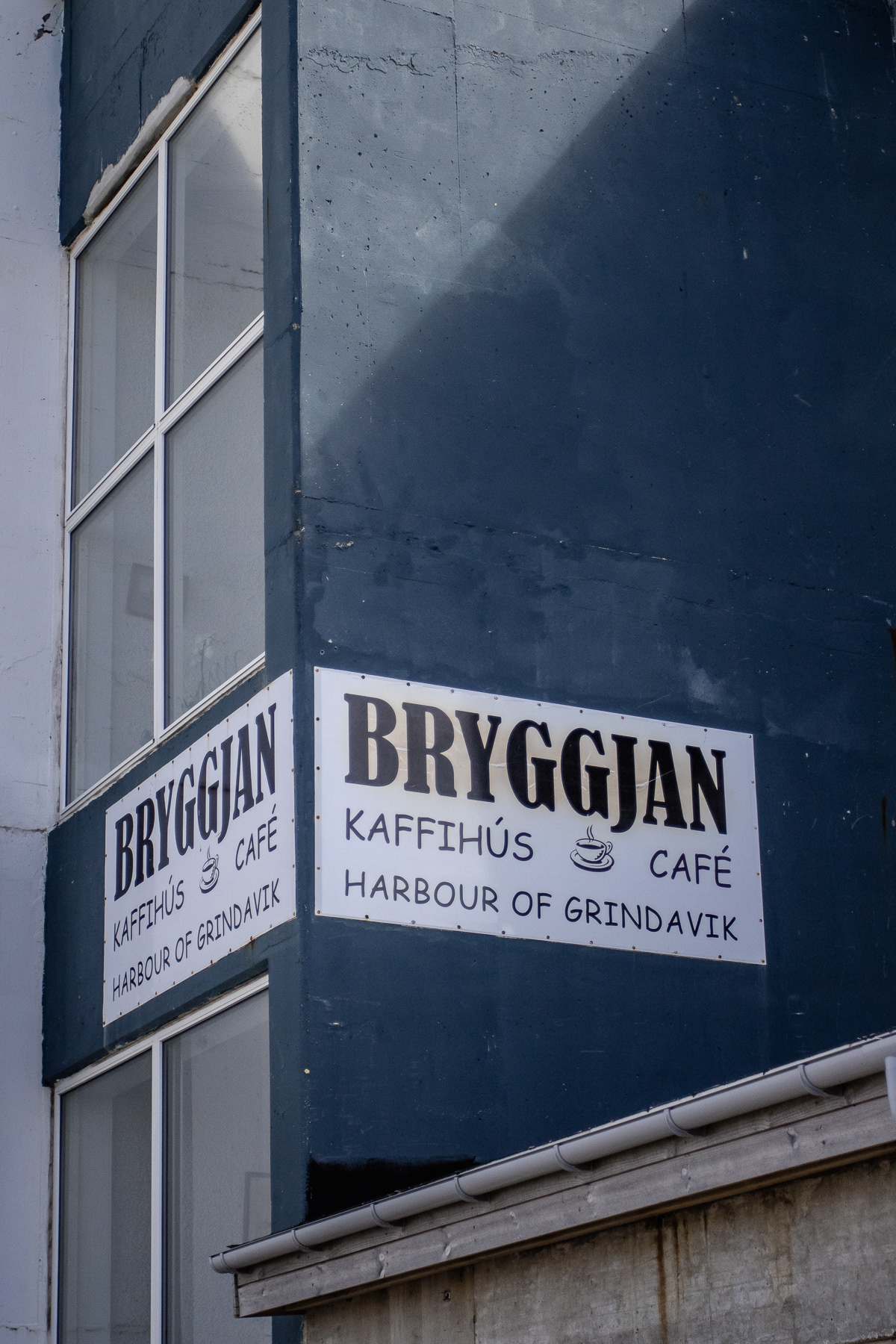
Bryggjan - when open - serves a very tasty Icelandic fish and chips.
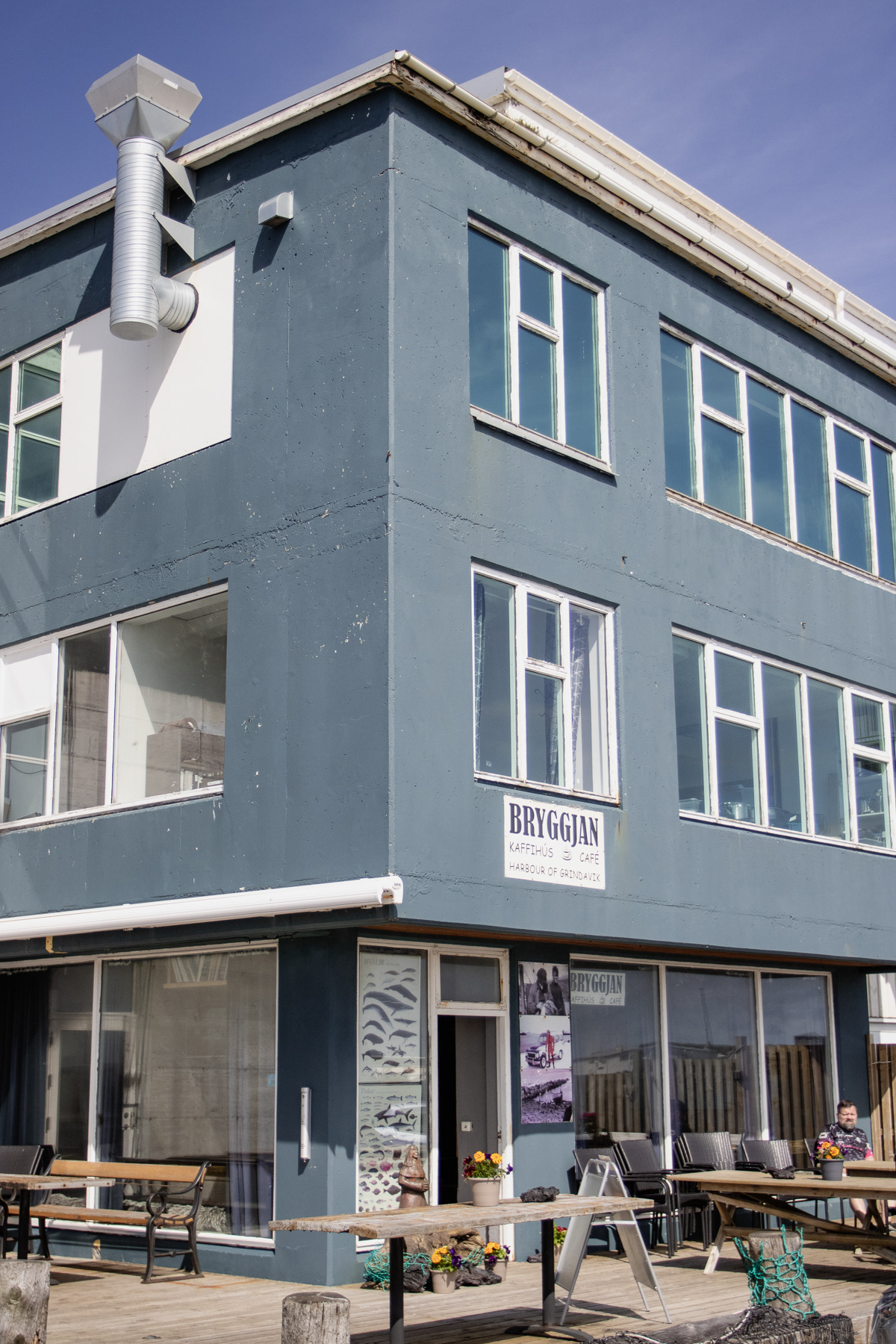
And has some great staff with a good sense of humor.
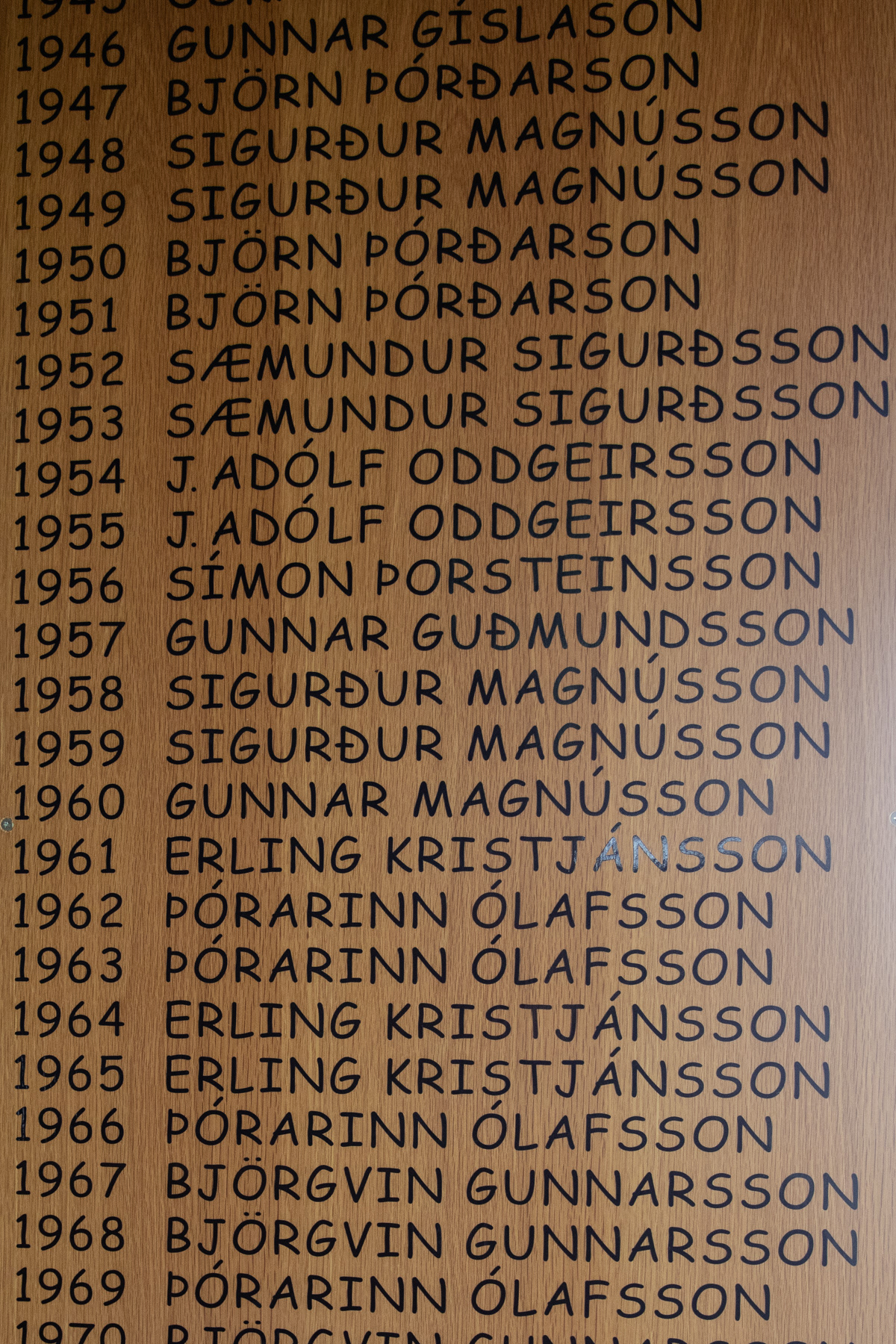
List of names near the door shows a long history of the Grindavik harbour.
A very old firetruck left behind.
A rusty half decaying boat at one on the harbour quays. The harbour used to be buzzing with activity, judging older historic photos.